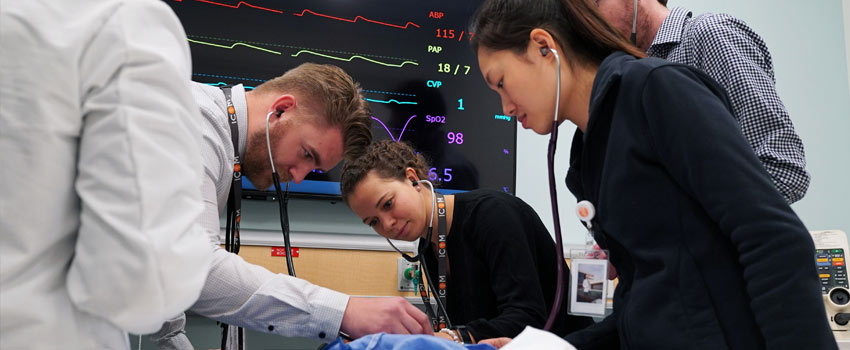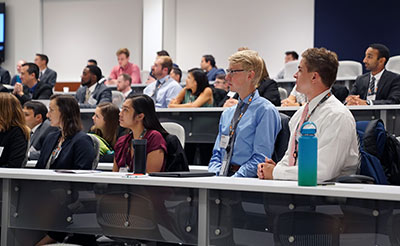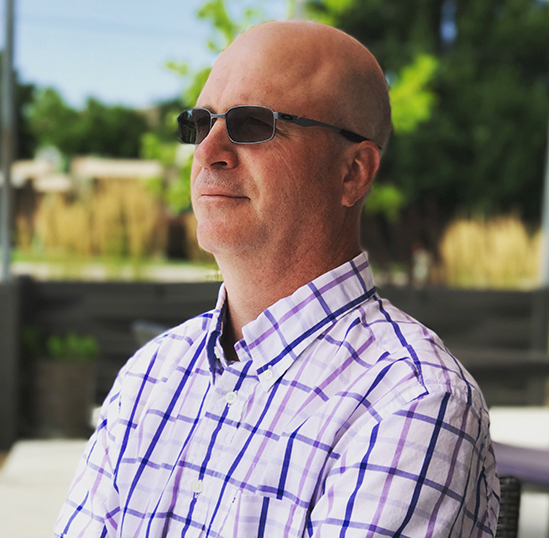-
Call Us
-
Baker City (541) 523-1001
-
Boise (208) 381-2222
-
Buhl (208) 814-1000
-
Caldwell (208) 381-2222
-
Eagle (208) 473-3000
-
Fruitland (208) 452-9000
-
Hailey/Ketchum (208) 727-8800
-
Jerome (208) 814-9500
-
McCall (208) 634-2221
-
Meridian (208) 706-5000Nearest Location
-
Mountain Home (208) 587-8401
-
Nampa (208) 381-2222
-
New Meadows (208) 634-2221
-
Ontario (208) 381-2222
-
Riggins (208) 634-2221
-
Sun Valley (208) 727-8800
-
Twin Falls (208) 814-1000
-
-
Health Services
-
Communities & Locations
Site Navigation
Supplemental
- About St. Luke’s
- Donate or Volunteer
- Blogs
- For Providers
- En Español
- Contact Us In Meridian (208) 706-5000
Menu
-
Health Services
Health Services Menu
Medical Services
Specialties, Conditions, Procedures & Treatments
Search by keyword or browse our list of services.
Providers
Find a provider by specialty, location, or availability.
On-Demand Virtual Care
Available 7 a.m. to 10 p.m. Monday-Friday and 8 a.m. to 8 p.m. on weekends.
Research Studies & Clinical Trials
See current studies testing new drugs, devices, and equipment to find better ways to treat and help patients.
Health Information
Health Activities
Life Events
-
Communities & Locations
Communities & Locations Menu
Facilities
Emergency & Urgent Care
For life-threatening medical emergencies, call 911 without delay. For a mental health crisis, call or text 988 for free and confidential crisis support.
Clinics
Search by specialty and location.
Hospitals & Medical Centers
Receive the highest level of care from the region's leading providers.
Labs & Imaging Centers
Find a lab or imaging facility close to you.
Pharmacies
Search for a retail pharmacy in your area.
Infusion Centers
Find an outpatient infusion center.
Business Services
Visit us to pay bills, ask billing questions, or request billing records.
Nearest You
-
Resources For Patients & Visitors
Resources For Patients & Visitors Menu
After Your Visit
-
 MyChart
MyChart
-
Search
Search Menu
- Idaho’s first medical school begins educating the next generation of doctors with support from St. Luke’s
Idaho’s first medical school begins educating the next generation of doctors with support from St. Luke’s

The state of Idaho needs more doctors, plain and simple.
And any step taken to address that need is going to be a welcome development for St. Luke’s Health System.
All of which is why St. Luke’s is supporting the Idaho College of Osteopathic Medicine (ICOM), Idaho’s first medical school. Classes began at the Meridian-based college in early September.
“We’re great partners for teaching, and our future depends on it and it has broad implications for our mission in Idaho,” said Dr. Mark Roberts, administrator of clinical research at St. Luke’s. “We’re the largest health system in the state, so we’re obliged to teach, whether that’s a respiratory therapy student, a nursing student, medical student – you name it, and we’re teaching more than 25 different disciplines.

“Why? Because that’s the only way for students to learn is to be exposed where patient care is happening.”
St. Luke’s has long trained medical students through the University of Washington’s five-state program, WWAMI (Washington, Wyoming, Alaska, Montana and Idaho). ICOM students will not be in competition or replace the WWAMI students rotating with St. Luke’s in a wide variety of experiences, but will train alongside them.
“Our doctors are already quite extended with meeting patient-care demands and all the work that goes with it,” Dr. Roberts said. “There are limits to what can be expected, even with the altruistic motivations that our clinicians embrace.
“We’re literally going to have to grow new teaching to accommodate ICOM students.”
The number of doctors available to teach — and the hours those doctors can devote to teaching — is limited.
“We see our partnership with ICOM as leading to a solution to the new doctors we need to recruit — doctors who ultimately will practice in rural settings in our state,” Dr. Roberts said. “We’re just going to have to progressively grow. But we don’t want to over-promise. We’d rather over-deliver.”
St. Luke’s is dedicated to training the doctors of the future, and setting realistic expectations for program participation.
“Doctors at St. Luke’s are already trying to improve productivity, improve patient care, practice evidence-based medicine and use electronic medical records to optimize their workflow,” Dr. Roberts said. “Teaching a medical student takes time, and to do it well takes even more time.”
About The Author

Chris Langrill is a writer and copy editor for the St. Luke’s Communications and Marketing department.
Your Partner in Health.
People are at the heart of great health care. That's why we are committed to delivering compassionate, high-quality care tailored to the communities we serve.
Together with our community partners and patients, we're building a stronger, healthier future for all Idahoans.
